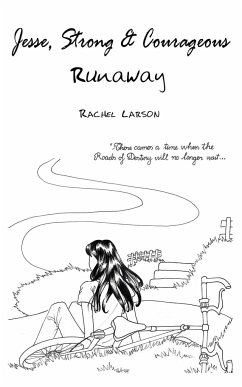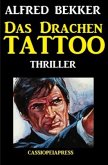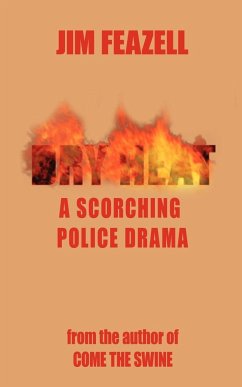Jesse's turn to crime after the end of the Civil War helped cement his place in American history as a simple but remarkably effective bandit. Displaced by reconstruction, the antebellum political leadership mythologized Jesse's exploits. During the time before and after his death, he became the subject of dime novels, which set him up as pre-industrial models of resistance. During the populist and progressive eras, was when Jesse became a symbol as America's Robin Hood, standing up against corporate syndicates in defense of the small farmer. Protrayals in the 1950's pictured Jesse as a psychologically troubled individual rather than a social rebel. Some filmmakers portrayed the former outlaw as being vindictive, replacing social with exclusively personal motives. It was only shortly after Jesse's death, that in his afterlife, he began to discover ways to effectuate his desire for vengeance. Revenge on those who betrayed him. Revenge on those who sought his death.-What price could one put on a Mother's arm?-a little Brother's life?-A Wife's suffering? Yes-and on his own life!!
Hinweis: Dieser Artikel kann nur an eine deutsche Lieferadresse ausgeliefert werden.
Hinweis: Dieser Artikel kann nur an eine deutsche Lieferadresse ausgeliefert werden.








